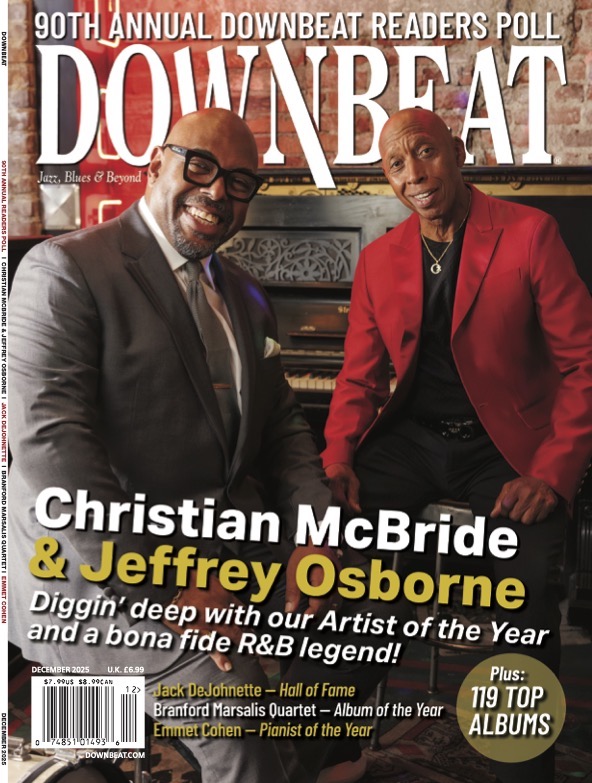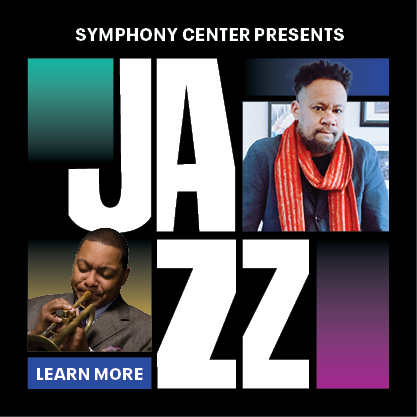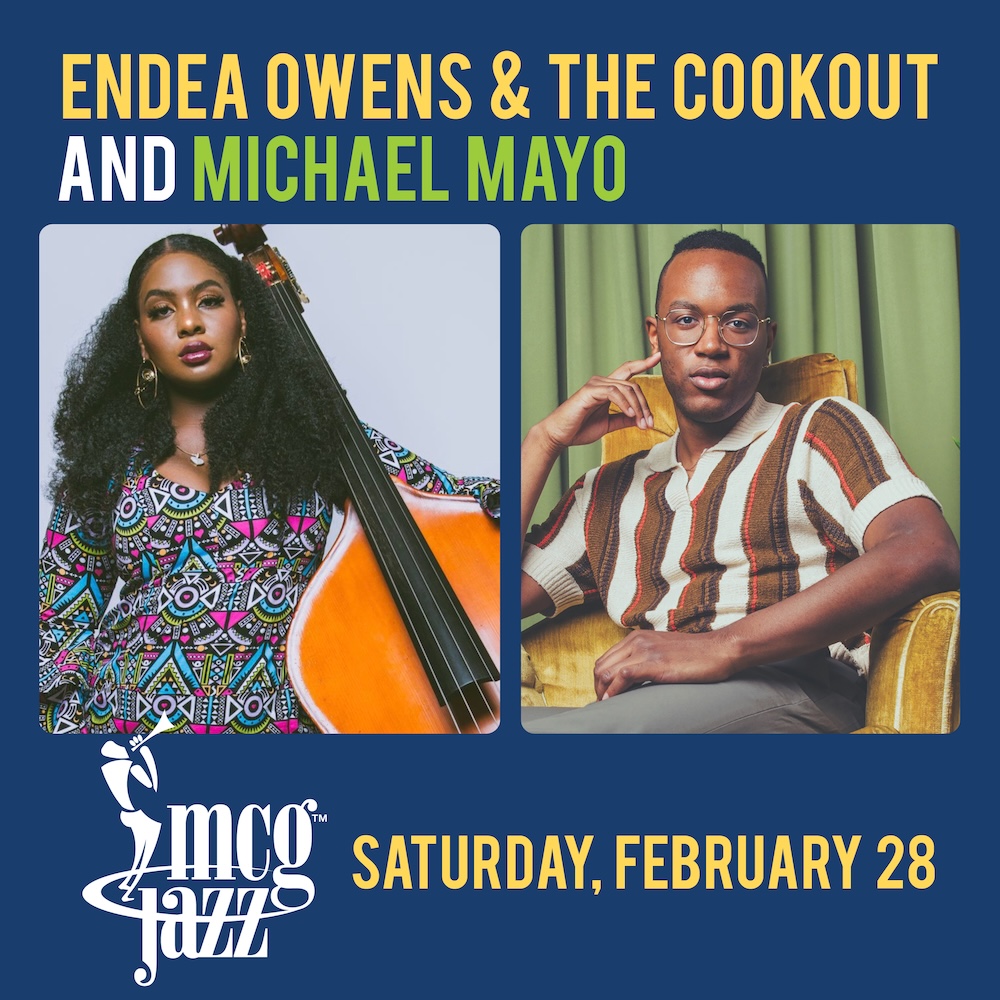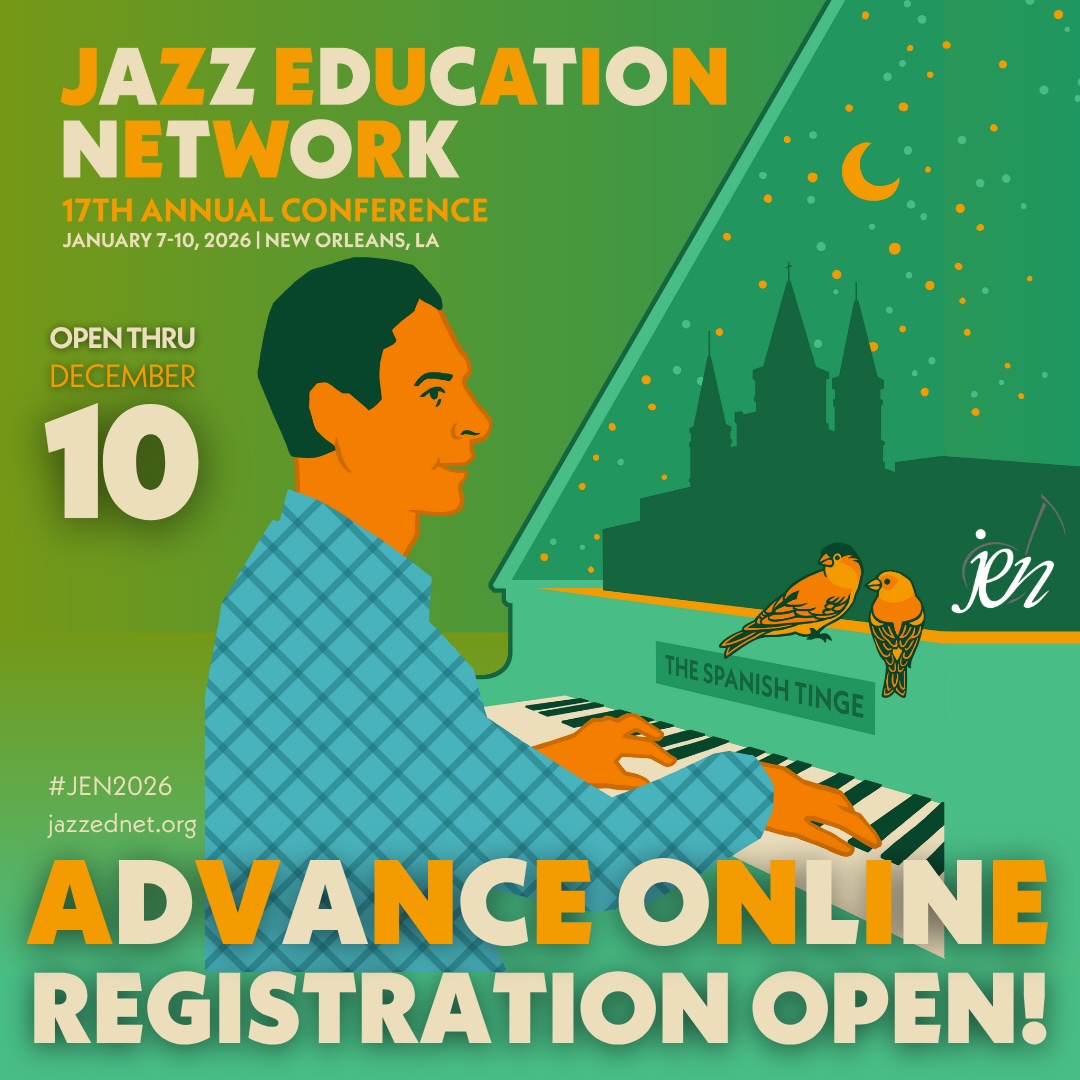Oct 28, 2025 10:47 AM
In Memoriam: Jack DeJohnette, 1942–2025
Jack DeJohnette, a bold and resourceful drummer and NEA Jazz Master who forged a unique vocabulary on the kit over his…
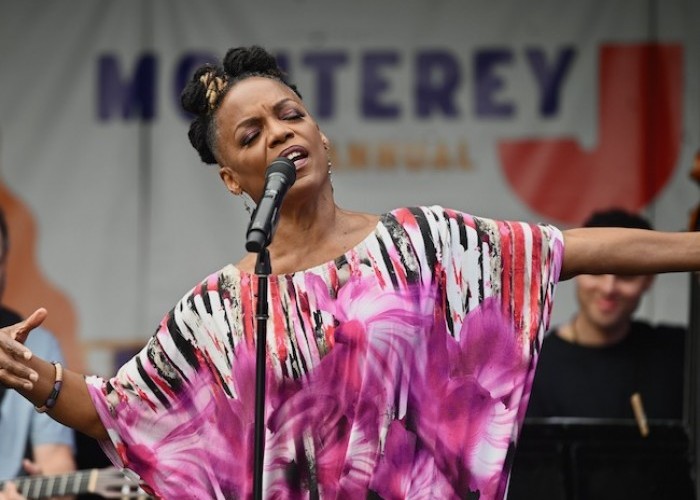
Nnenna Freelon was heard at the peak of her powers during this year’s Monterey Jazz Festival.
(Photo: Stuart Brinin)Arguably the top jazz festival taking place on the West Coast and certainly one of the music’s major annual events, the 68th Monterey Jazz Festival featured 68 different groups on five stages during a three-day weekend in late September. Held since 1958 at the Monterey Fairgrounds, the festival is attended by a knowledgeable, enthusiastic and affectionate audience, many of whom have been part of the jazz festivities for decades. One of the more memorable moments from this year took place when Cuban violinist-vocalist Yilian Canizares, who was starting her first tour of North America, completed a high-powered fusion jam with her trio. Greeted by an uproarious and lengthy ovation from the audience, she was visibly shocked and thrilled by the response, saying, “Don’t do that to me, I have a sensitive heart!”
There were many such moments at the festival. Because the five stages (three outdoors and two in rooms including the sweltering Dizzy’s Den) operate simultaneously, it is impossible to see a full set without missing several other worthy performances. Here are a few high points that I was able to witness along with nearly full sets by five of this year’s musical heroes.
Pianist Gerald Clayton (an important contributor behind the scenes to the festival) and his father, the great bassist John Clayton, challenged each other during a duet set that included “Con Alma” and Paul Chambers’ “Tale Of The Fingers,” which included some fairly free interplay. Bassist-arranger Marcus Shelby’s 15 piece New Orchestra paid tribute to the Negro Baseball League during their “Black Ball,” sounding like a territory band from the early 1930s that was inspired by early Duke Ellington. The masterful hard-bop pianist Benny Green played a solo set that found him paying tribute to some of his predecessors (including Cedar Walton, Oscar Peterson and Gerry Wiggins), while also striding a bit and stretching himself during some originals.
Arturo O’Farrill’s Afro-Latin Jazz Ensemble, an octet with two percussionists, played some avant-Latin originals that were filled with dense harmonies, unpredictable solos and some politically charged statements. In contrast, Delfeayo Marsalis’ Uptown Jazz Orchestra started out as a New Orleans Mardi Gras party band on “I’m Walking” and the Dirty Dozen Brass Band’s “Let Your Mind Be Free.” They became more serious with some hard-bop (including an uptempo version of Joe Henderson’s “Inner Urge”) before concluding with the New Orleans favorite “Lil’ Liza Jane.”
The Next Generation Jazz Orchestra (directed by Gerald Clayton) was filled with future jazz greats from college and was outstanding on Bill Holman’s arrangement of “I’ve Got You Under My Skin” and Frank Lacy’s “Requiem.” Declan Cashman was excellent singing two songs in a light voice that recalled Chet Baker. Three of the band’s members — altoist Khalil Childs (whose interval leaps and explorative solos were reminiscent but not derivative of Eric Dolphy), tenor-saxophonist Ryan Kaplan (also outstanding) and trumpeter Allie Molin — joined pianist Christian Sands’ trio to perform his commissioned piece Reflections From The Shore: A Monterey Suite, a variety of modern mainstream movements that were sometimes picturesque.
Military jazz bands are always well worth searching out, for they have a huge amount of talent to draw upon. The 17-piece U.S. Navy Band Commodores performed such numbers as “After You’ve Gone” (with singer Michaela Swan), Ernie Wilkins’s medium-tempo blues “Slats” and an Afro-Cuban number; its rhythm section was outstanding. Paul Cantos (playing alto, flute and soprano) performed West Coast cool jazz in a trio with the superb guitarist Bruce Forman, bassist John Wiitala and singer Julie Capili. Some of the other groups were Echoes Of An Era, which had tenor saxophonist Javon Jackson leading an all-star group with trumpeter Eddie Henderson and singer Lisa Fisher on standards, Rene Marie performing calypso songs in a tribute to Harry Belafonte, the trio New Jazz Underground featuring an outstanding trumpeter in Noah Halpern and the veteran sextet Along Came Betty playing the type of hard-bop that was dominant when the festival was founded in 1958.
There was so much more to see, including a dazzling performance by blues great Mr. Sipp, B.B. King-inspired music from Chris Cain, Davina & the Vagabonds’ pleasing mixture of vintage blues and New Orleans jazz, and pianist Sullivan Fortner, who performed often-dramatic music with his trio along with a sensitive rendition of “Everything Happens To Me.” Alfredo Rodriguez, who has grown steadily as a pianist since leaving Cuba in 2009, performed solos with his trio that were so full of rhythmic excitement, spontaneous creativity and joy that it was still being talked about by many fans even after seeing 20 other groups. In contrast, Trombone Shorty gave one the impression that he was performing at a mindless rock concert, but that was one of Monterey’s few missteps.
Five performers really stood out this year, and all are singers. While the songs that Gregory Porter chose to perform are each quite well-known to his fans (including “Be Good,” “Clap Your Hands,” “Take Me To The Alley” and “I Do Not Agree”), he put so much passion and love into his powerful singing that it was impossible to resist. Hopefully in the near future he will start adding other songs so his sets do not merely become a medley of his greatest hits.
Dianne Reeves seems to have been booked at nearly every jazz festival this year, but she has avoided going stale. Her singing is at its prime, her group includes the masterful guitarist Romero Lubambo and her touching renditions of Horace Silver’s “Peace,” “Lazy Afternoon” and Pat Metheny’s “Minuano” were unbeatable.
Caity Gyorgy (pronounced “George”) is well-known in her native Canada but just beginning to make a stir in the U.S. A superb scat singer who has a beautiful voice and is not afraid to creatively use space and silence, Gyorgy (who is in her twenties) performed an uptempo “It Might As Well Be Spring,” “Once In Love With Amy” in a 1930s style, “Baubles, Bangles & Beads” and a baroque rendition of “All The Things You Are” with pianist Mark Limacher that was reminiscent of Mel Tormé and George Shearing.
Gunhild Carling is in her own musical category, actually several. She plays dazzling trumpet in a style influenced by Louis Armstrong, is a boisterous trombonist, sings in several styles (including that of Billie Holiday and Cab Calloway), is a virtuoso on the recorder and also plays bagpipes, harmonica and nearly every other instrument. Leading a septet that included her husband on banjo and her talented daughter Idun Carling on trombone and vocals, Carling put on a show that started off with some wild uptempo Dixieland, included a Brazilian number (played on recorder) and a few swing standards, and also found her singing “Mack The Knife” in German. In addition, she played three trumpets at once for a few choruses, and at one point balanced a trumpet on her chops (playing like a bugle) while accompanying herself on string bass. While I wish that she had played more trumpet during this set, the unpredictable and high-powered performance never lost one’s attention.
But the top heroine of this year’s Monterey Jazz Festival was Nnenna Freelon. Joined by a quartet with pianist Alan Pasqua and guitarist Keith Ganz, Freelon was not only heard at the peak of her powers as an inventive singer, but every facial expression, hand movement and sound that she made (whether singing or speaking between songs), while seeming spontaneous, perfectly fit the mood and lyrics of the songs. It was a master class in how to sing and present jazz. Beginning with her optimistic “Changed,” the highlights include her swinging “Dark And Lovely,” a soulful and modernized “Lover Man” recast as a jazz waltz, her response to “Lover Man” called “What’s Your Hurry” (a witty piece about happily dumping her man), “Black Iris” (which has some similarities to “Chelsea Bridge”), a modalized and ironic “I Feel Pretty,” “Skylark” (a slow duet with Pasqua) and a version of “Oh Susannah” that turned the Stephen Foster song from 1846 into a heartbreaking ballad. It was a performance that stood out even in the embarrassment of riches that constituted this year’s Monterey Jazz Festival. DB
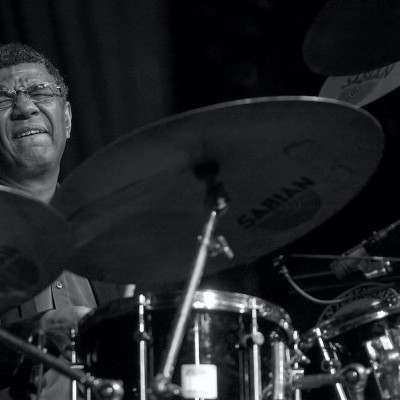
Jack DeJohnette boasted a musical resume that was as long as it was fearsome.
Oct 28, 2025 10:47 AM
Jack DeJohnette, a bold and resourceful drummer and NEA Jazz Master who forged a unique vocabulary on the kit over his…
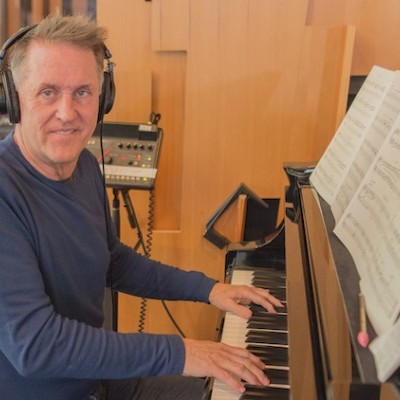
Goodwin was one of the most acclaimed, successful and influential jazz musicians of his generation.
Dec 9, 2025 12:28 PM
Gordon Goodwin, an award-winning saxophonist, pianist, bandleader, composer and arranger, died Dec. 8 in Los Angeles.…
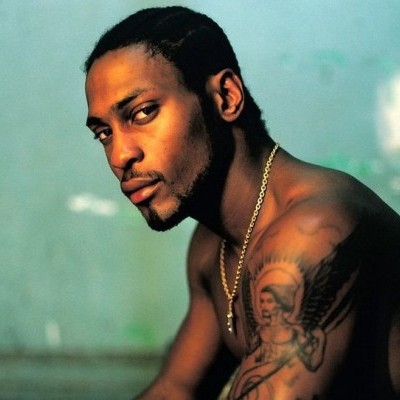
D’Angelo achieved commercial and critical success experimenting with a fusion of jazz, funk, soul, R&B and hip-hop.
Oct 14, 2025 1:47 PM
D’Angelo, a Grammy-winning R&B and neo-soul singer, guitarist and pianist who exerted a profound influence on 21st…
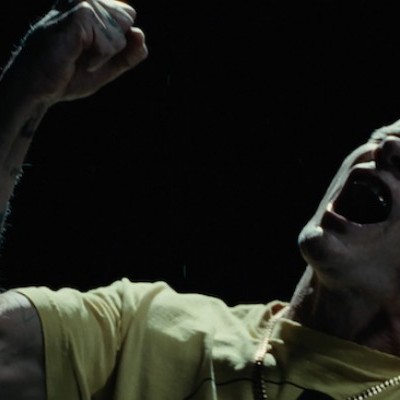
Flea has returned to his first instrument — the trumpet — and assembled a dream band of jazz musicians to record a new album.
Dec 2, 2025 2:01 AM
After a nearly five-decade career as one of his generation’s defining rock bassists, Flea has returned to his first…
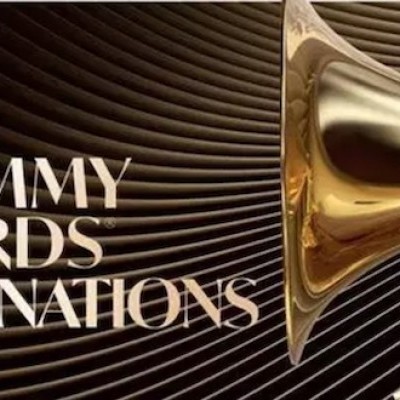
To see the complete list of nominations for the 2026 Grammy Awards, go to grammy.com.
Nov 11, 2025 12:35 PM
The nominations for the 2026 Grammy Awards are in, with plenty to smile about for the worlds of jazz, blues and beyond.…

